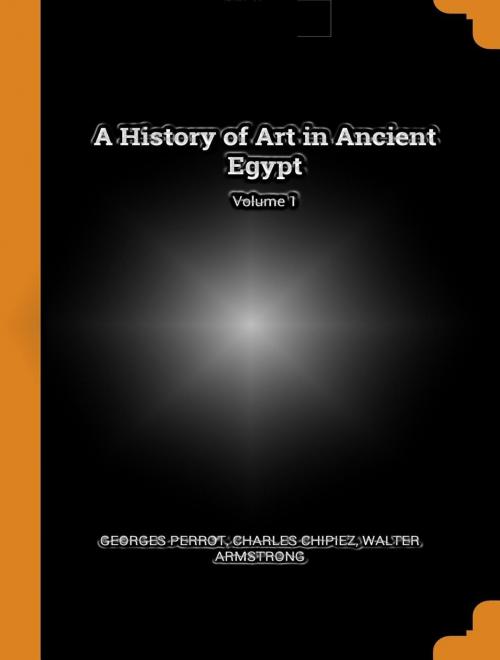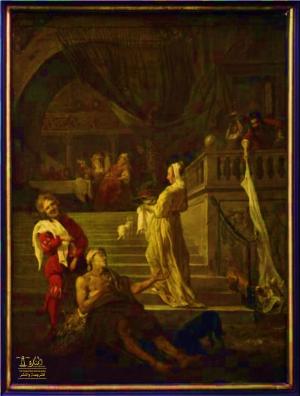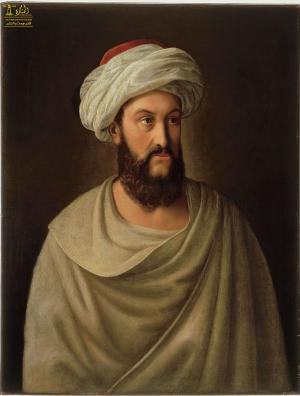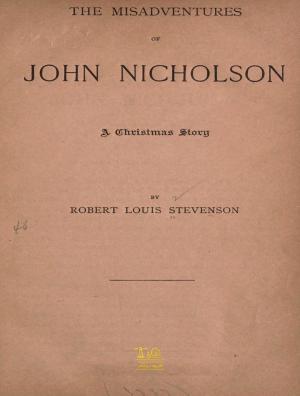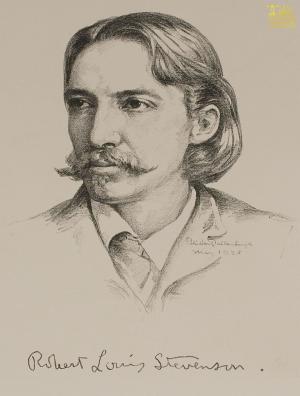A history of art in ancient Egypt, Vol. I (of 2)
Nonfiction, History, Africa, Egypt, Ancient History| Author: | Georges Perrot, Charles Chipiez | ISBN: | 9780599460003 |
| Publisher: | Lighthouse Books for Translation Publishing | Publication: | May 19, 2019 |
| Imprint: | Lighthouse Books for Translation and Publishing | Language: | English |
| Author: | Georges Perrot, Charles Chipiez |
| ISBN: | 9780599460003 |
| Publisher: | Lighthouse Books for Translation Publishing |
| Publication: | May 19, 2019 |
| Imprint: | Lighthouse Books for Translation and Publishing |
| Language: | English |
M. Perrot's name as a classical scholar and archæologist, and M. Chipiez's as a penetrating critic of architecture, stand so high that any work from their pens is sure of a warm welcome from all students of the material remains of antiquity. These volumes are the first instalment of an undertaking which has for its aim the history and critical analysis of that great organic growth which, beginning with the Pharaohs and ending with the Roman Emperors, forms what is called Antique Art. The reception accorded to this instalment in its original form is sufficient proof that the eulogium prefixed to the German translation by an eminent living Egyptologist, Professor Georg Ebers, is well deserved; "The first section," he says, "of this work, is broad and comprehensive in conception, and delicate in execution; it treats Egyptian art in a fashion which has never previously been approached." In clothing it in a language which will, I hope, enable it to reach a still wider public, my one endeavour has been that it should lose as little as possible, either in substance or form.
A certain amount of repetition is inevitable in a work of this kind when issued, as this was, in parts, and in one place[1] I have ventured to omit matter which had already been given at some length, but with that exception I have followed M. Perrot's words as closely as the difference of idiom would allow. Another kind of repetition, with which, perhaps, some readers may be inclined to quarrel, forced itself upon the author as the vilesser of two evils. He was compelled either to sacrifice detail and precision in attempting to carry on at once the history of all the Egyptian arts and of their connection with the national religion and civilization, or to go back upon his footsteps now and again in tracing each art successively from its birth to its decay. The latter alternative was chosen as the only one consistent with the final aim of his work.
Stated in a few words, that aim is to trace the course of the great plastic evolution which culminated in the age of Pericles and came to an end in that of Marcus Aurelius. That evolution forms a complete organic whole, with a birthday, a deathday, and an unbroken chain of cause and effect uniting the two. To objectors who may say that the art of India, of China, of Japan, should have been included in the scheme, it may be answered: this is the life, not of two, or three, but of one. M. Perrot has been careful, therefore, to discriminate between those characteristics of Egyptian art which may be referred either to the national beliefs and modes of thought, or to undeveloped material conditions, such as the want or superstitious disuse of iron, and those which, being determined by the very nature of the problems which art has to solve, formed a starting point for the arts of all later civilizations.
M. Perrot's name as a classical scholar and archæologist, and M. Chipiez's as a penetrating critic of architecture, stand so high that any work from their pens is sure of a warm welcome from all students of the material remains of antiquity. These volumes are the first instalment of an undertaking which has for its aim the history and critical analysis of that great organic growth which, beginning with the Pharaohs and ending with the Roman Emperors, forms what is called Antique Art. The reception accorded to this instalment in its original form is sufficient proof that the eulogium prefixed to the German translation by an eminent living Egyptologist, Professor Georg Ebers, is well deserved; "The first section," he says, "of this work, is broad and comprehensive in conception, and delicate in execution; it treats Egyptian art in a fashion which has never previously been approached." In clothing it in a language which will, I hope, enable it to reach a still wider public, my one endeavour has been that it should lose as little as possible, either in substance or form.
A certain amount of repetition is inevitable in a work of this kind when issued, as this was, in parts, and in one place[1] I have ventured to omit matter which had already been given at some length, but with that exception I have followed M. Perrot's words as closely as the difference of idiom would allow. Another kind of repetition, with which, perhaps, some readers may be inclined to quarrel, forced itself upon the author as the vilesser of two evils. He was compelled either to sacrifice detail and precision in attempting to carry on at once the history of all the Egyptian arts and of their connection with the national religion and civilization, or to go back upon his footsteps now and again in tracing each art successively from its birth to its decay. The latter alternative was chosen as the only one consistent with the final aim of his work.
Stated in a few words, that aim is to trace the course of the great plastic evolution which culminated in the age of Pericles and came to an end in that of Marcus Aurelius. That evolution forms a complete organic whole, with a birthday, a deathday, and an unbroken chain of cause and effect uniting the two. To objectors who may say that the art of India, of China, of Japan, should have been included in the scheme, it may be answered: this is the life, not of two, or three, but of one. M. Perrot has been careful, therefore, to discriminate between those characteristics of Egyptian art which may be referred either to the national beliefs and modes of thought, or to undeveloped material conditions, such as the want or superstitious disuse of iron, and those which, being determined by the very nature of the problems which art has to solve, formed a starting point for the arts of all later civilizations.
